You can find the American eel swimming in Alabama’s waters. They are instantly recognizable for the long fin that runs nearly the entire length of their bodies and for their very sharp teeth. This gleaming, snakelike creature migrates all the way from Alabama to the Sargasso Sea in the Atlantic Ocean where it spawns and then dies. American eels are especially prevalent in the Mobile Delta and have been collected from every river in the Mobile basin and in several coastal drainages in southeastern Alabama. Unfortunately, the eel population in our state is declining due to migration routes being blocked by high-lift locks and dams.
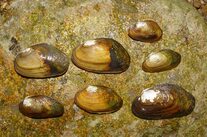 Tennessee heelsplitter mussels [photo | Encyclopedia of Alabama]
Tennessee heelsplitter mussels [photo | Encyclopedia of Alabama] If you enjoy preparing and eating mussels, you will be glad to know they are abundant in our state, which is home to 180 species, the most diverse array of freshwater mussels in all of North America. Many of the mussel species native to Alabama do not occur in any other part of the world. Mussels have been important to humans for a long time; shells can still be found along Alabama riverbanks from the time that Native Americans harvested them for food and also used their shells for tools and decoration for clothing. In the late 19th and early 20th century, Alabama mussels were frequently used to make pearl buttons, and mussels are still used to create cultured pearls. Unfortunately, due to water pollution and channel dredging, among other factors, Alabama has lost more mussel populations than any other state.
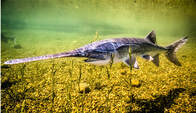 American paddlefish [photo | Encyclopedia of Alabama]
American paddlefish [photo | Encyclopedia of Alabama] Paddlefish might be an unfamiliar name to you; you might not even be able to conjure up what they look like. They certainly have a nose! Paddlefish are known for their long, paddle-shaped noses that are 1/3rd of their total body length. They are smooth-skinned, have tiny eyes, toothless mouths and can grow up to 5.9 feet long. Paddlefish are also known as spoonbill catfish and belong to the Acipenseriformes family along with sturgeons. They are to be found in the Tennessee, Mobile-Tensaw, Black Warrior, Alabama, Tombigbee basins and are also native to the lower stretches of the Cahaba, Tallapoosa and Black Warrior Rivers.
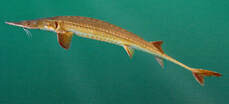 Alabama sturgeon [photo | Outdoor Alabama]
Alabama sturgeon [photo | Outdoor Alabama] Not one, but eight kinds of sharks are native to Alabama waters: Atlantic Sharpnose, Blacktip, Bull, Finetooth, Sand Tiger, Scalloped Hammerhead, Spinner, and Tiger sharks. Not all of them are dangerous to humans, and some are on the small side like the Atlantic Sharpnose—they are almost cute. The Blacktip shark is the most common shark in Alabama, and the Bull Shark is the most dangerous to humans; they can grow up to 11 feet long and travel up the warm Alabama and Mississippi Rivers. Most of the sharks are found in Gulf waters, and as recently as this past April, a dead 14-foot hammerhead shark that was carrying 40 pups washed up on Orange Beach. Watch out for those dorsal fins when you hit the beach this summer!
If you would like to learn more about the diverse sea life off the Alabama coast there are multiple opportunities. The Orange Beach Indian and Sea Museum in Orange Beach, Baldwin County is housed in the oldest school building in Orange Beach. The museum features Native American artifacts, which often featured marine fossils in their bead making, and a wide array of artifacts relating to our state’s natural history and the fish that are native to Baldwin County.
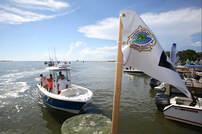 Anglers at the Weigh Station at Alabama Deep Sea Fishing Rodeo [photo | Encyclopedia of Alabama]
Anglers at the Weigh Station at Alabama Deep Sea Fishing Rodeo [photo | Encyclopedia of Alabama] If you would like to learn about a fun event that has to do with the fish of Alabama, you could check out the Alabama Deep Sea Fishing Rodeo. The event takes place off Dauphin Island and is the nation’s oldest and largest saltwater fishing competition. The fishing rodeo takes place over a 3-day period in July and offers 30 prize categories, the most diverse of any U.S. competitive fishing tournament. Interestingly, in 1984 the Alabama Fishing Rodeo aided the American Museum of Natural History in New York by working with ichthyologist Gareth Nelson, and 2,500 specimens were collected from the fishing rodeo for the prestigious museum’s collections. The competition welcomes both amateurs and professionals and set a Guinness world record in 2011 with 2,220 anglers participating in the event.
We hope that you will continue to learn about the fascinating marine life in our state and stay safe during your visits to the beach this summer!
Additional Resources
- https://encyclopediaofalabama.org/media/american-eel/
- https://www.outdooralabama.com/other-species/freshwater-eel
- https://encyclopediaofalabama.org/article/alabama-cavefish/
- https://encyclopediaofalabama.org/article/freshwater-mussels-in-alabama/
- https://encyclopediaofalabama.org/article/loggerhead-sea-turtle/
- https://encyclopediaofalabama.org/article/american-paddlefish/
- https://www.outdooralabama.com/non-game-fish/paddlefish
- https://www.outdooralabama.com/sturgeon/alabama-sturgeon
- https://www.fws.gov/species/alabama-sturgeon-scaphirhynchus-suttkusi
- https://www.outdooralabama.com/invertebrates/shark-id
- 14-foot hammerhead pregnant with 40 baby sharks washes up on Alabama beach - al.com
- https://encyclopediaofalabama.org/article/orange-beach-indian-and-sea-museum/
- https://encyclopediaofalabama.org/article/dauphin-island-sea-lab-and-estuarium-disl/
- https://encyclopediaofalabama.org/article/alabama-deep-sea-fishing-rodeo/
- Mirarchi, R. E., ed. Alabama Wildlife. Vol. 1, A Checklist of Vertebrates and Selected Invertebrates: Aquatic Mollusks, Fishes, Amphibians, Reptiles, Birds and Mammals. Tuscaloosa: University of Alabama Press, 2004.
About the Author

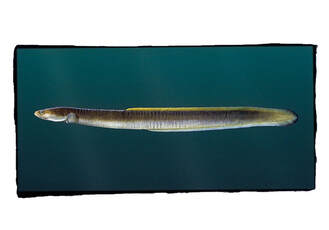
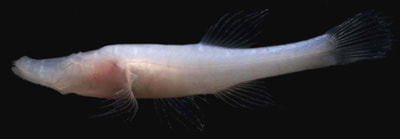
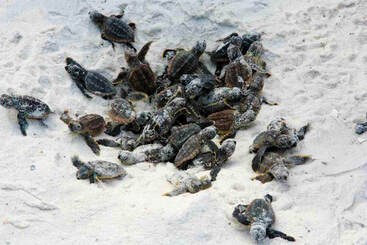
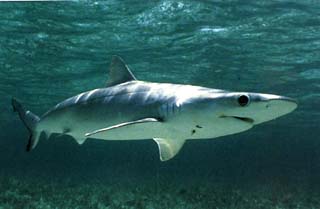
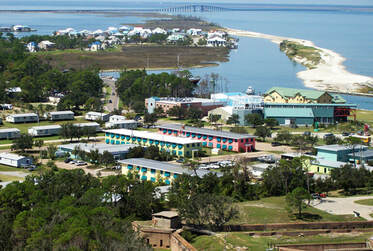
 RSS Feed
RSS Feed